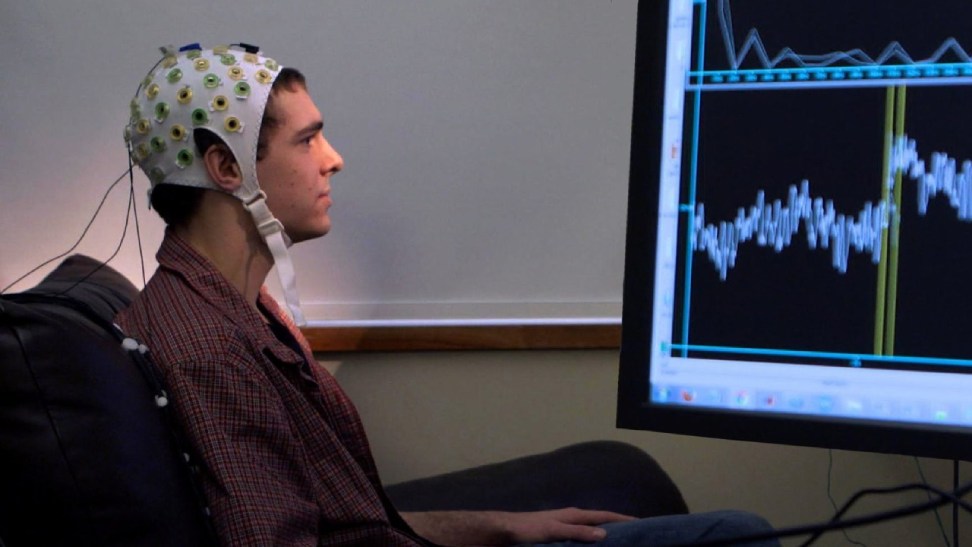Lotus365 Book, Lotus365, Lotus365: Brain-Computer Interfaces have made remarkable advancements in recent decades. The concept of directly connecting the human brain to computer systems dates back to the 1970s, when early research was conducted to explore the potential of this technology. Over time, significant progress has been made in developing interfaces that allow for seamless communication between the brain and external devices.
One of the key milestones in the history of Brain-Computer Interfaces was the introduction of electroencephalography (EEG) technology to monitor brain activity. This innovation paved the way for more sophisticated interfaces that could interpret neural signals and translate them into commands for computers or prosthetic devices. As researchers continue to refine and expand upon these early developments, the possibilities for utilizing Brain-Computer Interfaces are becoming increasingly vast.
Understanding Neural Communication
Neural communication plays a fundamental role in the functioning of the human brain. It involves the transmission of electrical signals between neurons, the basic building blocks of the nervous system. When a neuron is activated, it sends an electrical impulse down its axon to communicate with other neurons through synapses. These synapses are junctions where signals are passed from one neuron to another, enabling the transmission of information throughout the brain and body.
Neural communication is a complex process that relies on the precise timing and coordination of electrical signals within the brain. These signals are carried by neurotransmitters, chemical messengers that pass information between neurons. By understanding how neurons communicate with each other, researchers can gain insights into various cognitive functions such as learning, memory, and decision-making. Studying neural communication is crucial for advancing our understanding of the brain and developing new technologies like brain-computer interfaces.
� Neural communication involves the transmission of electrical signals between neurons
� Neurons send electrical impulses down their axons to communicate with other neurons through synapses
� Synapses are junctions where signals are passed from one neuron to another
� Neurotransmitters are chemical messengers that pass information between neurons
� Studying neural communication can provide insights into cognitive functions such as learning, memory, and decision-making
What is a brain-computer interface (BCI)?
A technology known as a brain-computer interface (BCI) enables direct brain-to-external communication between the brain and a prosthetic limb or computer.
How does a brain-computer interface work?
Lotus365 Id, 99exch, 99exch.com Login: BCIs work by detecting and interpreting brain signals, often using electrodes placed on the scalp or even implanted directly into the brain. These signals are then translated into commands that can control external devices.
What are some applications of brain-computer interfaces?
BCIs have a wide range of applications, including assistive technologies for individuals with disabilities, neurofeedback training, and even controlling video games and virtual reality environments.
What is neural communication?
Neural communication refers to the process by which neurons in the brain communicate with each other through electrical and chemical signals. This communication is essential for controlling thoughts, movements, and behaviors.
How do neurons communicate with each other?
The mechanism by which neurons exchange messages with one another is known as synaptic transmission. An action potential, which is a type of electrical signal, causes a neuron to release neurotransmitters, which cross the synapse and attach to receptors on the adjacent cell to carry on the signal.
What happens when neural communication is disrupted?
Disruptions in neural communication can lead to a variety of neurological disorders, such as epilepsy, Parkinson’s disease, and Alzheimer’s disease. Understanding how neural communication works is essential for developing treatments for these conditions.

